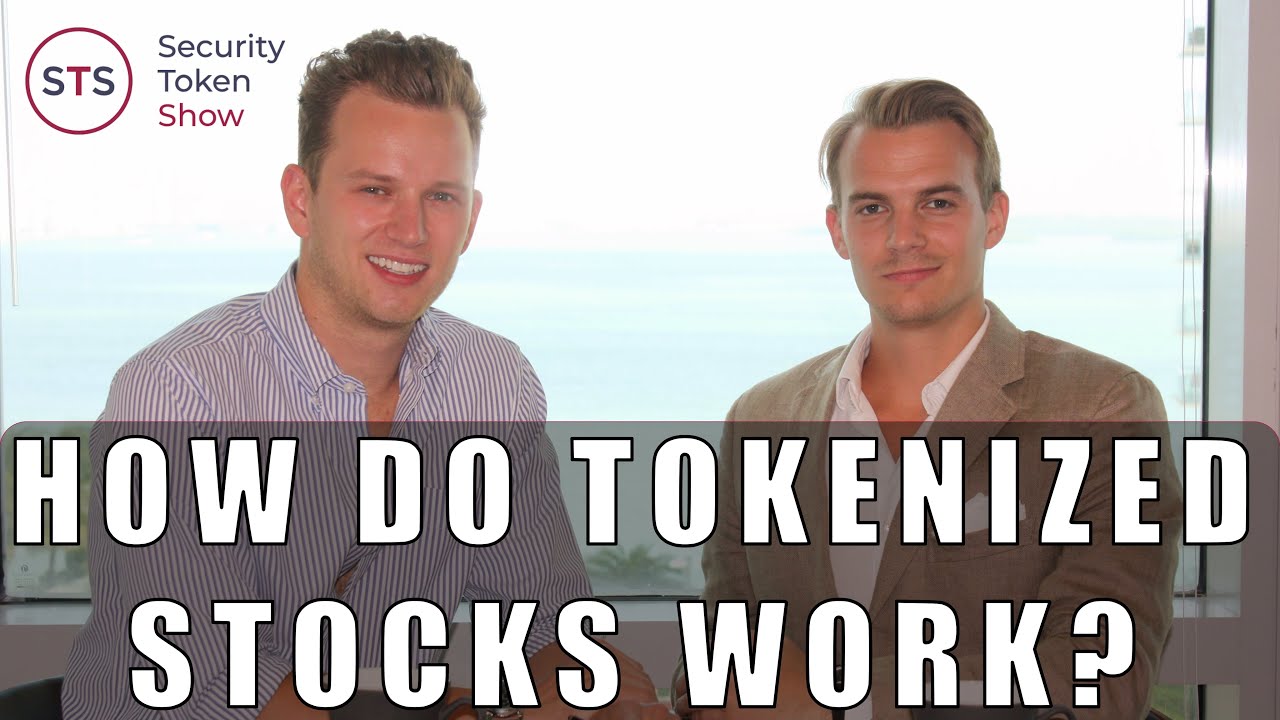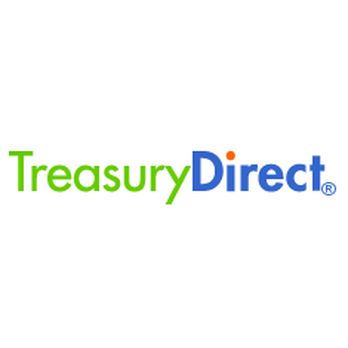
E-minis are a great option for traders who wish to invest in the S&P 500. These contracts have lower margins and are comparable to full-sized options contracts. E-minis are a great investment tool for individual traders.
E-minis were first introduced by the Chicago Mercantile Exchange in 1997. E-minis were designed to make futures trading affordable for small investors and individual traders. The E-mini contract currently represents only one-fifth of a standard S&P forwards contract. It is a great instrument for traders without the capital to purchase a full-sized contract. E-minis are also available for spread trading.
E-minis come in two types: Micro E-mini or Regular E-mini. The Micro E-mini has a multiplier value of $5 and is one-tenth as large as the regular contract. You can trade the Micro E-mini through a mobile trading portal. The Schwab StreetSmartCentral platform offers the Micro E-mini. The contract can be traded six days per week. This makes it easier for traders to trade when they don't have the time.

Micro E-mini S&P can be used as an investment tool by investors who have limited capital but want to invest in S&P 500. The Micro E-mini is priced at $5 per point change, and the contract is available for trading throughout the day. The Micro E-mini S&P has been introduced to lower the entry barrier for traders. It's a great tool for investors who want the ability to hedge their positions or manage stock allocation risk.
Clear goals are essential for traders when trading on the Emini Market. Trader should have a clear goal and a plan. A good plan can help traders keep their goals in mind and can save them money. E-mini sessions come with many risks. But, you can also make money. An investor can terminate a trade at their discretion if a trade is successful. They have the option to try another strategy in case the trade fails.
CME Group introduced the Micro E-mini S&P in May 2019. This contract allows investors take positions on the big four U.S. indices: S&P 500. NASDAQ 100. Russell 2000. It also has weekly options for Wednesday expirations and Friday expirations.
E-mini market traders have many options to make money. They should also remember that these strategies take time and patience. A competitive edge is also necessary for traders to succeed. A mentor should be available to traders in order to teach them discipline. They should have a plan that they can follow and try to win two trades. They can stop if they fail.

In the end, the best strategy for trading the E-mini is to have a plan for your entry, your stop loss, and your target position. You should have a consistent plan until you achieve your goal.
FAQ
What is an REIT?
An REIT (real estate investment trust) is an entity that has income-producing properties, such as apartments, shopping centers, office building, hotels, and industrial parks. These companies are publicly traded and pay dividends to shareholders, instead of paying corporate tax.
They are similar in nature to corporations except that they do not own any goods but property.
Stock marketable security or not?
Stock is an investment vehicle that allows you to buy company shares to make money. This is done through a brokerage that sells stocks and bonds.
You could also invest directly in individual stocks or even mutual funds. There are more mutual fund options than you might think.
These two approaches are different in that you make money differently. Direct investments are income earned from dividends paid to the company. Stock trading involves actually trading stocks and bonds in order for profits.
Both cases mean that you are buying ownership of a company or business. If you buy a part of a business, you become a shareholder. You receive dividends depending on the company's earnings.
Stock trading offers two options: you can short-sell (borrow) shares of stock to try and get a lower price or you can stay long-term with the shares in hopes that the value will increase.
There are three types: put, call, and exchange-traded. You can buy or sell stock at a specific price and within a certain time frame with call and put options. ETFs are similar to mutual funds, except that they track a group of stocks and not individual securities.
Stock trading is very popular because it allows investors to participate in the growth of a company without having to manage day-to-day operations.
Stock trading can be very rewarding, even though it requires a lot planning and careful study. If you decide to pursue this career path, you'll need to learn the basics of finance, accounting, and economics.
What is the role of the Securities and Exchange Commission?
Securities exchanges, broker-dealers and investment companies are all regulated by the SEC. It also enforces federal securities law.
Are bonds tradeable
Yes they are. Bonds are traded on exchanges just as shares are. They have been for many, many years.
They are different in that you can't buy bonds directly from the issuer. A broker must buy them for you.
This makes buying bonds easier because there are fewer intermediaries involved. You will need to find someone to purchase your bond if you wish to sell it.
There are many different types of bonds. Some pay interest at regular intervals while others do not.
Some pay quarterly interest, while others pay annual interest. These differences make it easy to compare bonds against each other.
Bonds can be very useful for investing your money. If you put PS10,000 into a savings account, you'd earn 0.75% per year. This amount would yield 12.5% annually if it were invested in a 10-year bond.
If you put all these investments into one portfolio, then your total return over ten-years would be higher using bond investment.
Statistics
- Ratchet down that 10% if you don't yet have a healthy emergency fund and 10% to 15% of your income funneled into a retirement savings account. (nerdwallet.com)
- Individuals with very limited financial experience are either terrified by horror stories of average investors losing 50% of their portfolio value or are beguiled by "hot tips" that bear the promise of huge rewards but seldom pay off. (investopedia.com)
- For instance, an individual or entity that owns 100,000 shares of a company with one million outstanding shares would have a 10% ownership stake. (investopedia.com)
- US resident who opens a new IBKR Pro individual or joint account receives a 0.25% rate reduction on margin loans. (nerdwallet.com)
External Links
How To
How to create a trading plan
A trading plan helps you manage your money effectively. It helps you understand your financial situation and goals.
Before you begin a trading account, you need to think about your goals. You may want to make more money, earn more interest, or save money. You might want to invest your money in shares and bonds if it's saving you money. If you are earning interest, you might put some in a savings or buy a property. Maybe you'd rather spend less and go on holiday, or buy something nice.
Once you decide what you want to do, you'll need a starting point. It depends on where you live, and whether or not you have debts. Consider how much income you have each month or week. Your income is the net amount of money you make after paying taxes.
Next, you need to make sure that you have enough money to cover your expenses. These include rent, bills, food, travel expenses, and everything else that you might need to pay. Your monthly spending includes all these items.
Finally, figure out what amount you have left over at month's end. This is your net available income.
Now you've got everything you need to work out how to use your money most efficiently.
To get started with a basic trading strategy, you can download one from the Internet. Ask someone with experience in investing for help.
Here's an example spreadsheet that you can open with Microsoft Excel.
This displays all your income and expenditures up to now. This includes your current bank balance, as well an investment portfolio.
Another example. A financial planner has designed this one.
This calculator will show you how to determine the risk you are willing to take.
Don't attempt to predict the past. Instead, think about how you can make your money work for you today.